Direct Lighting Vs Indirect Lighting-A Deep Analysis
Table of Contents
Direct and indirect lighting can seem confusing, and have you struggled to choose between them? No worries, knowing the differences in these lights will make things easier for you.
Well, the direct lighting option is used to illuminate a certain place. In contrast, indirect lighting is suitable for large areas to offer an even and soothing lighting environment.
In this article, I will provide an overview of direct and indirect lighting, including uses, benefits, and drawbacks. So, continue reading the whole article to understand which one is the best choice for you.
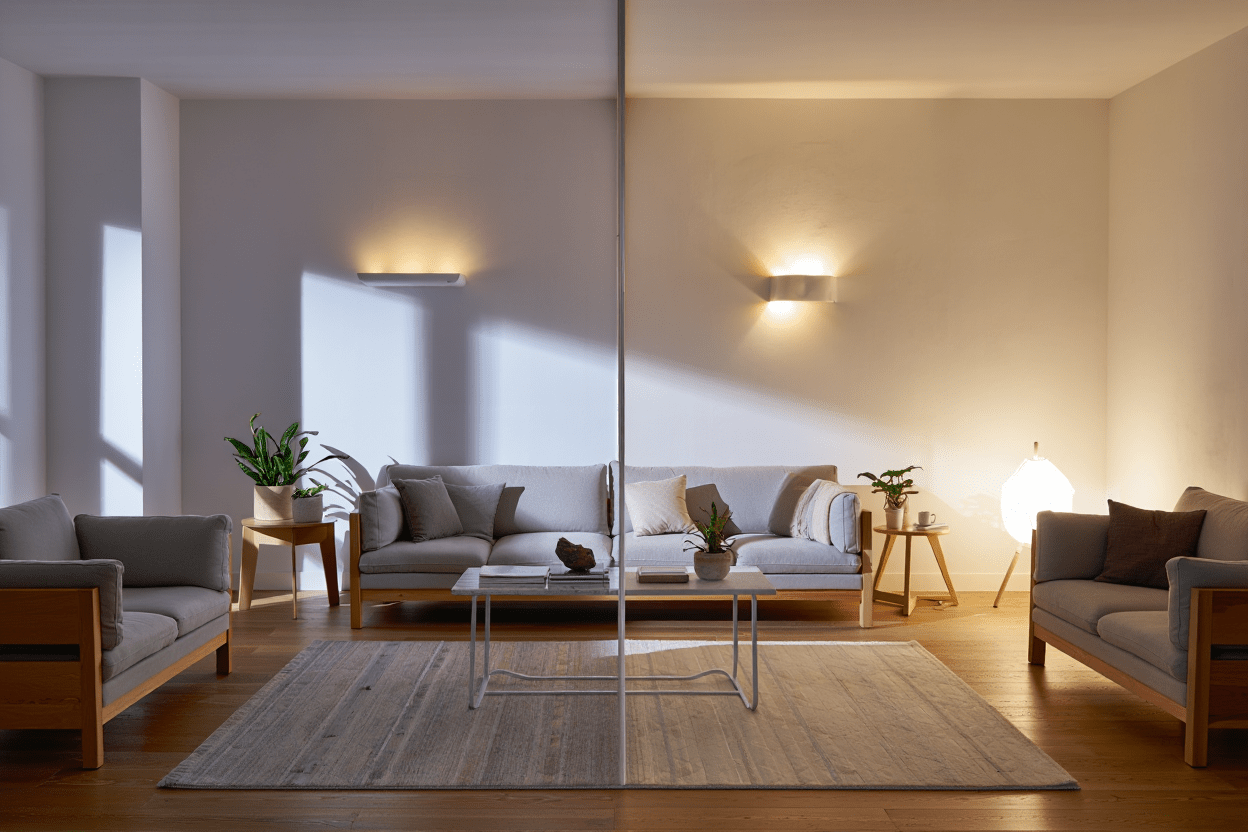
What Is Direct Lighting?
Direct light refers to a fixture or lamp that shines on a specific area or object. They concentrate all light at a given angle. And light beams fall downward to create a hotspot in the centre. Thus, it creates a strong contrast between light and shadow.
Besides, direct lighting’s primary goal is to produce bright illumination to improve task visibility. Also, they can emphasize specific features of a room or object. Lastly, direct lighting can give you aesthetic appeal to any space. Not to mention, you can adjust them with a dimmer switch.
Commonly Used Direct Lighting Fixtures
Below, I have mentioned some of the common fixtures of direct lighting, for instance–

01. Pendant Lights
Typically, pendant lights can be hung from the ceiling above dining tables, kitchen islands, or reception counters. There, they will cast a concentrated pool of light.
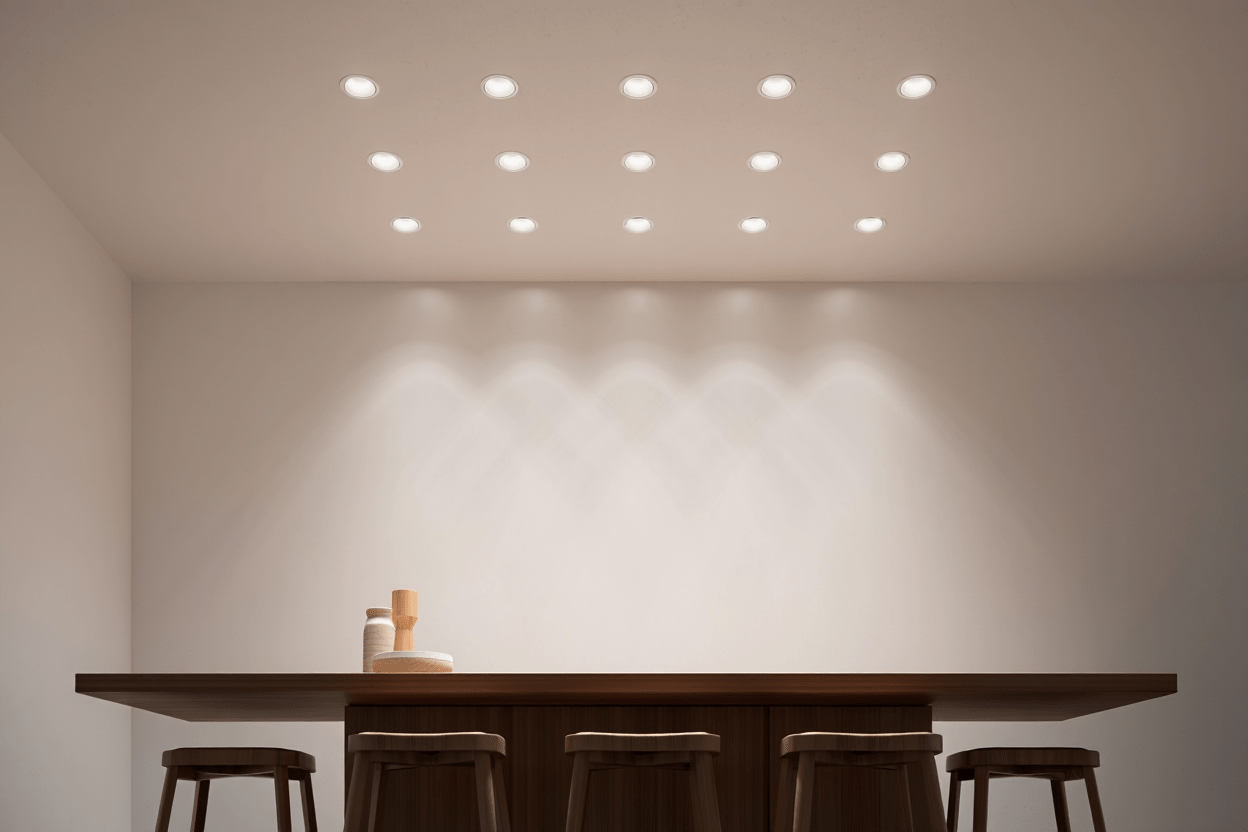
02. Recessed Downlights
You can install them into the ceiling to get unobtrusive lighting. They are for hallways, kitchens, and office ceilings.
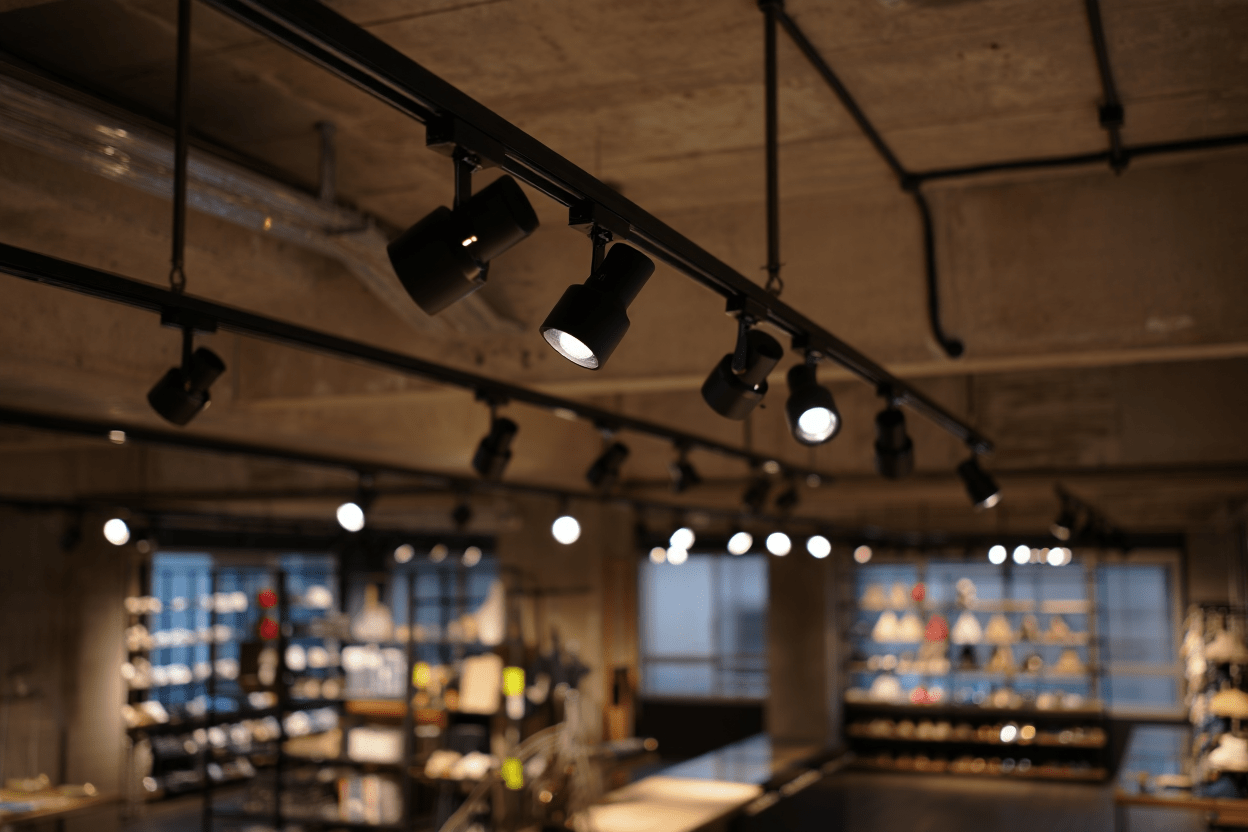
03. Track Lighting
Track lights are used in systems to direct adjustable light heads toward specific points. They make them ideal for gallery or retail applications that require display flexibility.
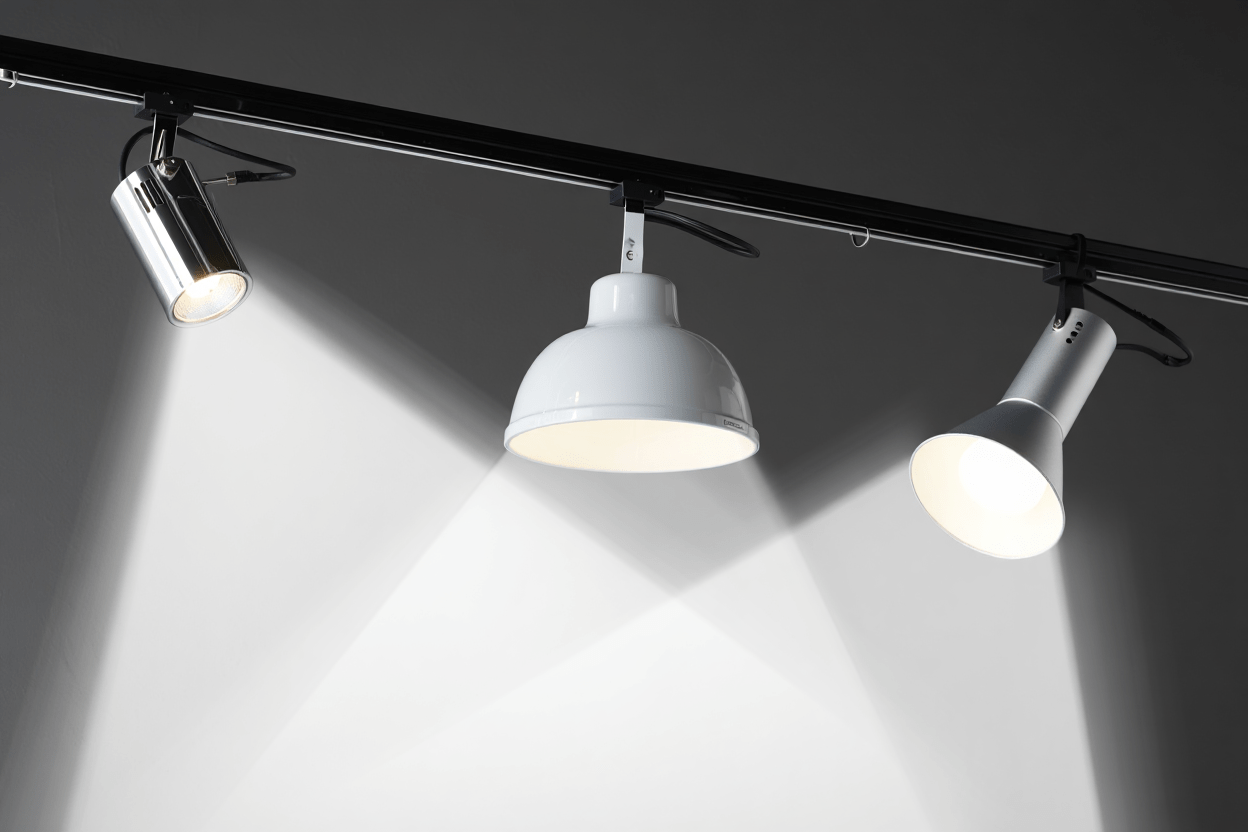
04. Spotlights
Adjustable spotlights and task lamps are essential in offices and studios. They offer targeted brightness for reading, crafting, or computer work.
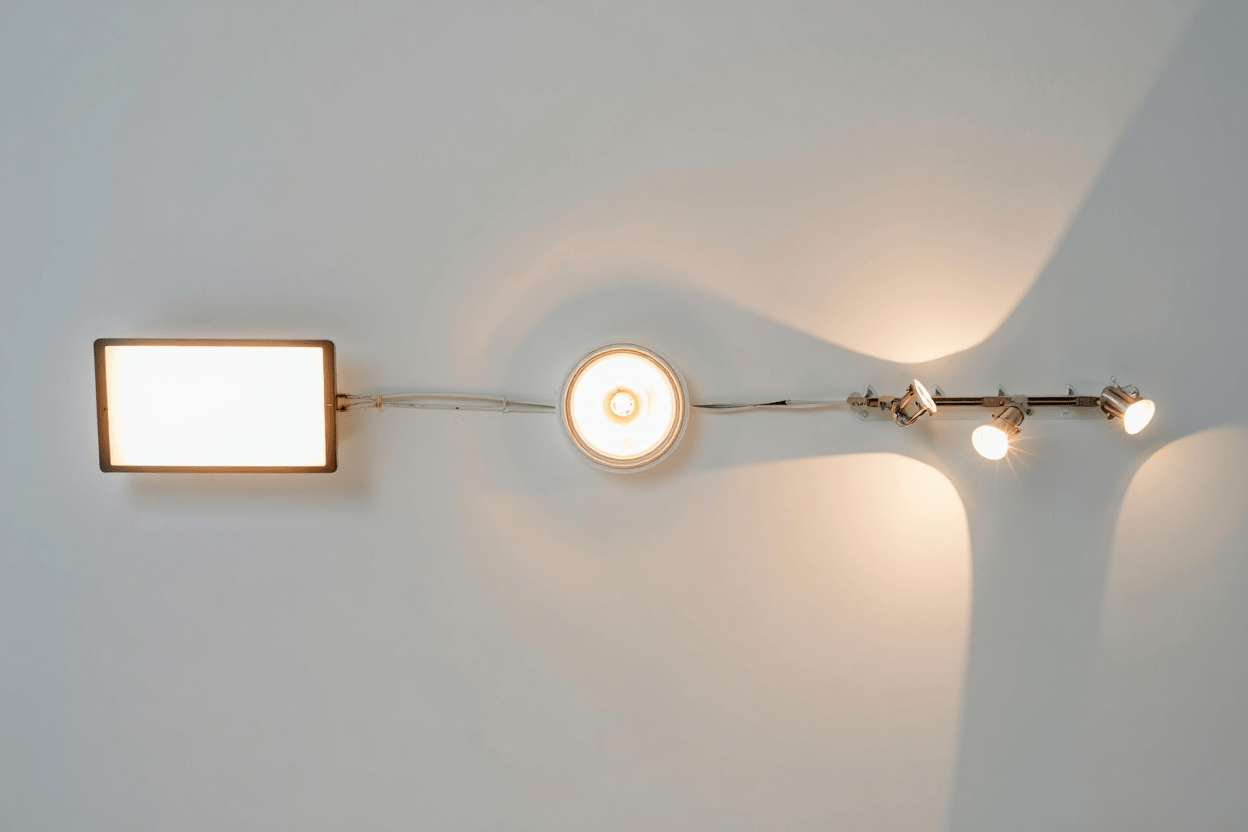
05. Ceiling Fixtures
Ceiling-mounted fixtures and under-cabinet lighting are staples in kitchens and bathrooms. Because they ensure visibility and safety in areas where tasks are routinely performed.
Advantages Of Direct Lighting
Direct lighting comes with several benefits to make the illumination brighter, focused, and more.
Focus
You can use it to draw attention to specific characteristics of a room, adding emphasis and depth. This is perfect for illuminating surfaces like countertops, artwork, bookcases, and tables. Additionally, they can focus on architectural details or special aspects in your space.
Highlight
Direct lights can emphasize textures, colors, and shapes. They help to create dramatic visual interest and focal points. That’s why galleries and museums use direct spotlights to illuminate paintings or sculptures to draw viewers’ attention.
Similarly, pendant lights or track lighting can be used to highlight decorative elements in residential settings.
Safety
Direct lighting can ensure bright illumination in hazardous and dark areas, such as staircases, roadways, and hallways. The intense illumination helps users see obstacles, steps, or hazards. This way, they minimize shadows and dark spots where accidents are more likely to occur. So, they can make the environment safer for everyday use.
Moreover, focused direct lighting helps workers navigate and operate machinery safely in commercial and industrial environments. Moreover, well-lit entryways and outdoor spaces deter potential intruders and improve surveillance.
Aesthetic
Direct lighting contributes to a room’s aesthetics through functional focus and design elements. Fixtures such as pendant lamps, chandeliers, and spotlights can complement interior decor styles.
The directional nature of the light allows designers to craft specific moods or create theatrical effects. They create shadow effects, which give the walls an outstanding appearance.
Enhanced Visibility
Direct lighting significantly improves visibility, especially in areas where clarity is a must. For instance, you can use them in a kitchen countertop, a reading nook, or a workbench as focused light.
These lights are also suitable for craft rooms, laboratories, or offices. There, they will ensure the clarity and accuracy of the details. At the same time, they will reduce eye fatigue and increase efficiency when performing tasks.
Energy Efficiency
Direct lights often lead to better energy efficiency because they limit light dispersion to targeted zones. This way, you will need fewer fixtures or lower-wattage bulbs to get enough brightness for specific tasks.
Additionally, many direct lighting fixtures support energy-saving technologies, such as LED bulbs, which reduce power consumption.
Easy Maintenance
Direct lights often serve task or accent functions. So, you can install them in easy-to-reach locations. It makes the replacement and maintenance easier. Also, you can service pendant lights, desk lamps, and track lighting components individually without disturbing the entire system.
Disadvantages Of Direct Lighting
Apart from some excellent advantages, direct lighting has a few drawbacks, like other lighting. Check them out–
- Direct lighting can sometimes be excessively bright for general-only source room illumination. This intensity can overwhelm the senses and make the space feel clinical. This can sometimes make the environment uncomfortable without proper dimming.
- They can produce powerful beams of light that cast harsh shadows and glare onto surfaces. These sharp shadows can distort spatial perception and obscure details.
- These lights tend to cast stark light rather than a gentle glow that fills a room evenly. As a result, they are generally unsuitable as the primary source of ambient light in living spaces.
What Is Indirect Lighting?
Indirect lighting is the bouncing of the light off floors, ceilings, or walls and diffusing around the room. These light sources direct their rays upward to illuminate a large area. This way, the light diffuses instead of focusing on a single spot. This is similar to the soothing light you get on an overcast day.
Also, indirect lighting creates a warm, welcoming ambiance. This is an excellent technique to boost lumens without the harsh effects. As a result, they provide even lighting throughout the room.
Types Of Indirect Lighting Fixtures
There are different types of indirect lighting fixtures available. And you can use them in different places. Such as-
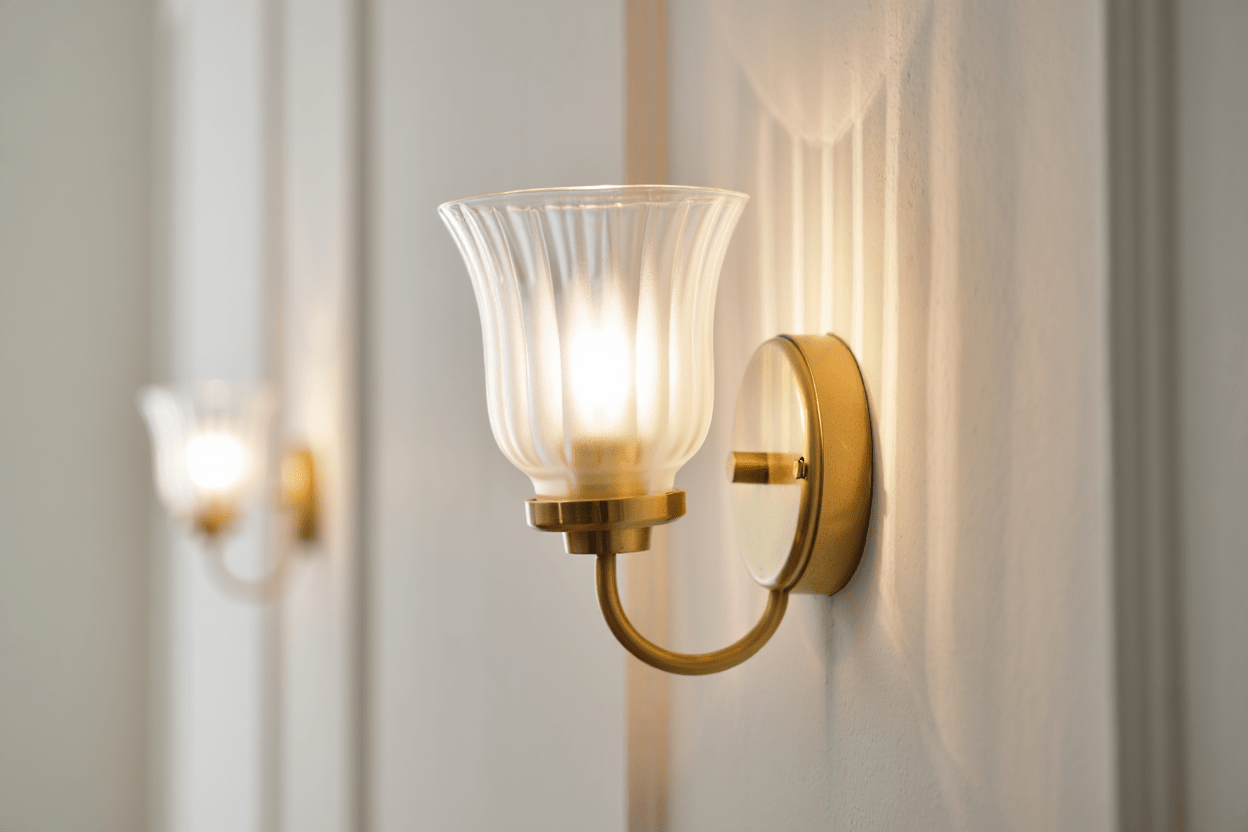
Wall Sconces
Wall sconces are a popular choice for an indirect lighting effect. They direct light upward or downward along walls to create a visually soothing effect.
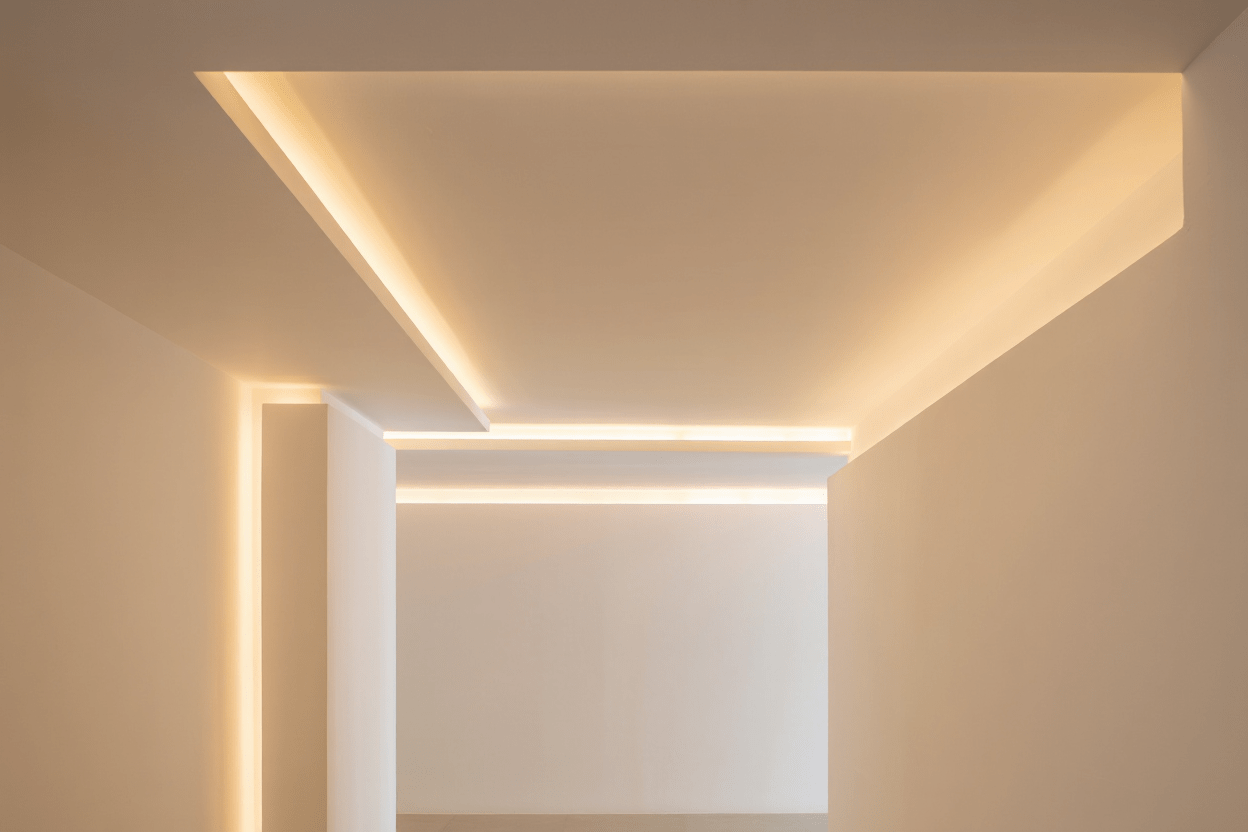
Cove Lighting
You can use cove lighting that is hidden in architectural ledges or recessed areas near the ceiling. They give an elegant wash of light that enhances spatial perception and adds depth.
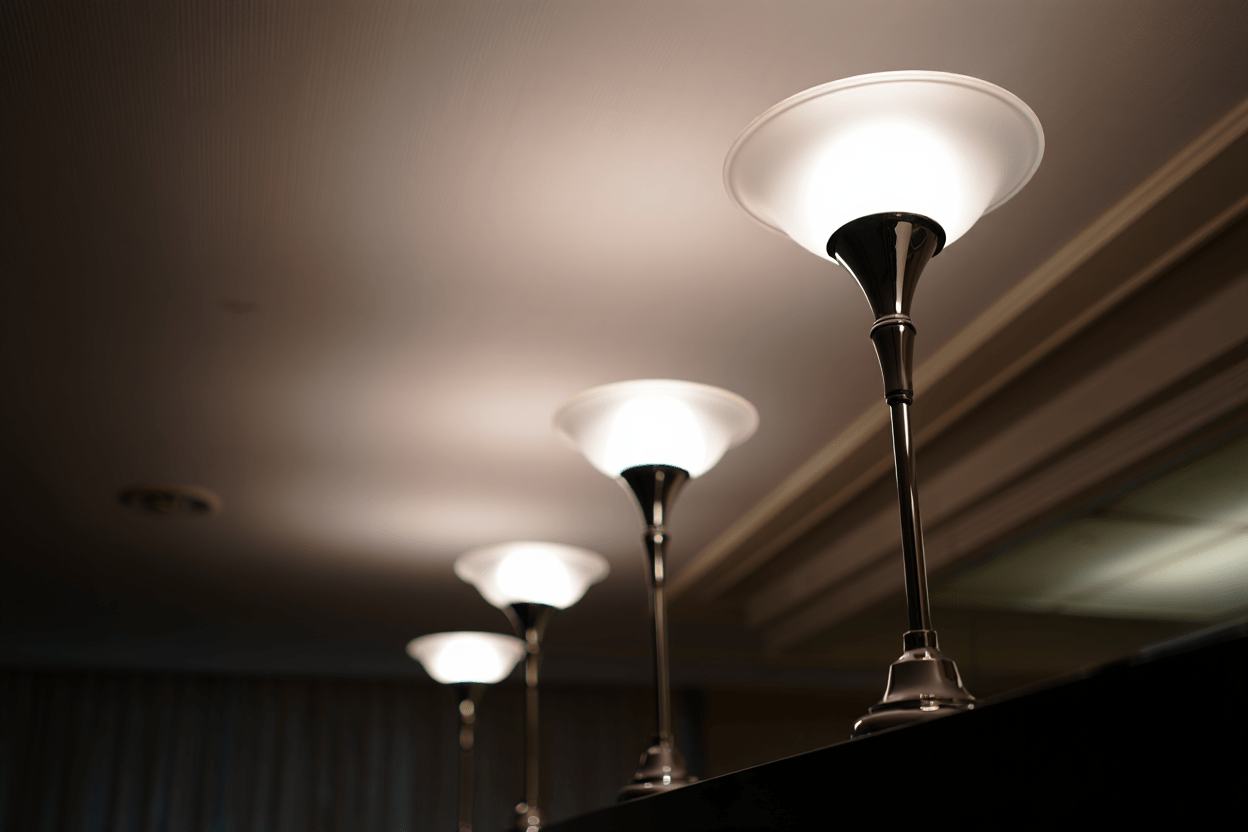
Uplights
Uplights like torchiere floor lamps provide gentle illumination without casting harsh shadows. This will give you a more soothing vibe and even illumination.
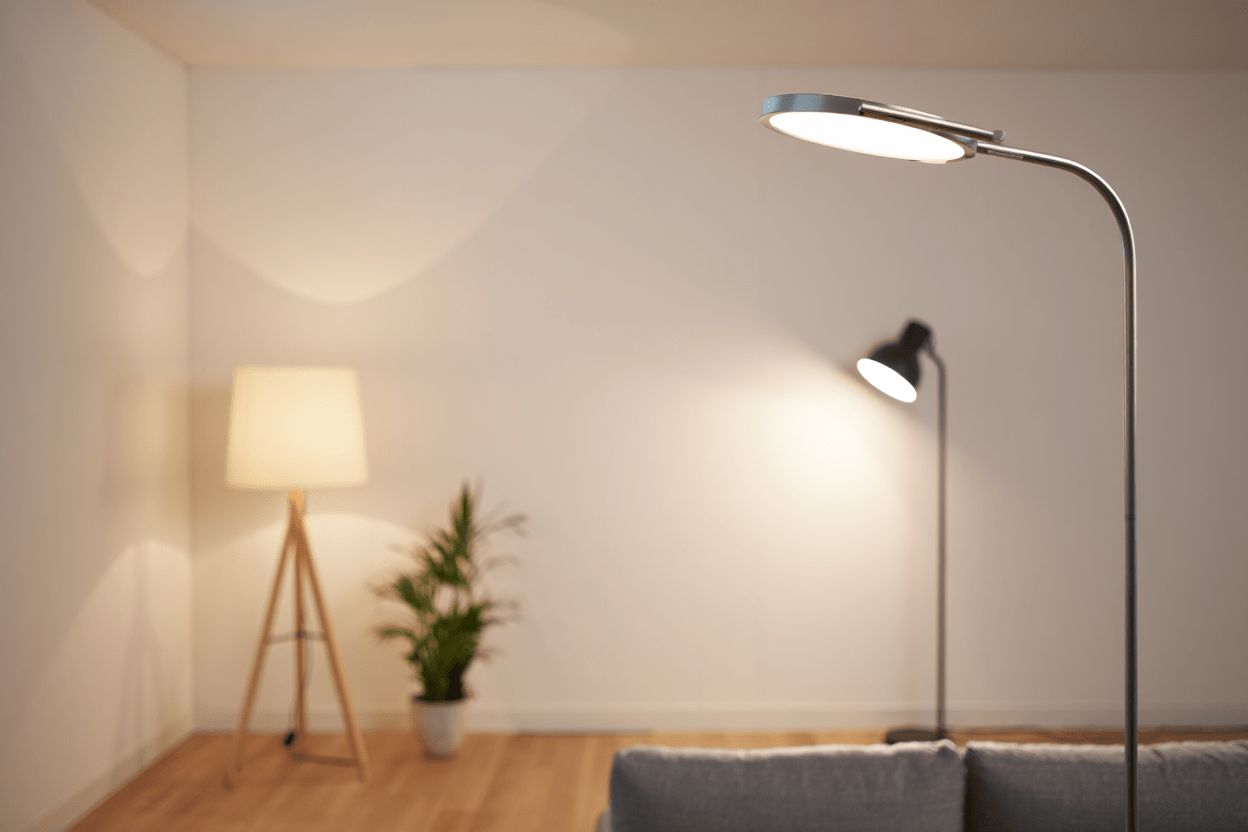
Floor Lamps
Floor lamps with upward-facing shades and recessed lights can contribute to indirect lighting. Usually, they bounce light off ceilings and walls.
Table Lamps With Shades
Table lamps with diffused shades soften and scatter the light. They reduce direct glare and support ambient environments.
Indirect Pendant Lights
Indirect pendant lights direct their beam upward rather than downward. You can use them in dining or living areas to blend function with atmosphere.
Advantages Of Indirect Lighting
Let’s explore some advantages of the indirect lighting here-
Illusion Of Vastness
Indirect lighting can make your area feel larger and more open. Also, they can make a room feel larger by illuminating the walls, corners, and ceilings. This reflective light reduces harsh shadows and bright spots.
Besides, they add a sense of height and space. Plus, they create a room that appears more open and airy. So, you can use indirect lighting to visually expand the environment in compact or enclosed spaces.
Reduce Glare
Unlike direct lighting, indirect lighting reflects light. They soften its intensity and prevent harsh brightness. This diffusion style drastically minimizes glare to reduce eye discomfort.
This way, you can enjoy reading, watching television, or simply relaxing. Therefore, they are perfect ot use in lounges, spas, and hospitality venues.
Enhances Ambiance And Mood
These lights can improve the ambiance and mood of a room. They ensure a tranquil and relaxing environment. As they provide a warm light, they invite a glow that complements accent and task lighting. So, indirect lighting is perfect for bedrooms, living rooms, and more.
Disadvantages Of Indirect Lighting
Indirect lights have some disadvantages, for instance–
- The main limitation of these lights is the inability to provide focused, high-intensity illumination for tasks. This is unsuitable as the sole light source in task-critical areas. In this case, you need additional lighting sources.
- They are more complicated to install than direct lighting. Often, they require special architectural features and thoughtful integration to achieve the desired effects. This installation complexity can hinder DIY approaches.
Key Differences Between Indirect And Direct Lighting
| Aspect | Direct Lighting | Indirect Lighting |
| Energy Use | Lower targets specific areas. | Higher light loss through reflection. |
| Light Quality | Sharp, focused; may cause glare. | Soft, even, reduces harsh contrasts. |
| Flexibility | Adjustable and task-friendly. | Consistent, mood-enhancing. |
| Ambiance | Functional and intense. | Warm and relaxing. |
| Style Options | Wide variety of fixtures. | Often built into architecture. |
| Highlighting | Great for spotlighting features. | Enhances overall look, not specific items. |
| Eye Comfort | Can strain eyes if harsh. | Gentle and low-glare. |
| Safety | Clearly lights hazards. | Adds visibility; may need extra lighting. |
| Cost | Lower upfront, more maintenance. | Higher install cost, less upkeep. |
In-Depth Comparison: Direct Lighting Vs Indirect Lighting
In this section, I have discussed the comparison between direct and indirect lighting deeply. Let’s take a look–
01. Energy Consumption
Direct lighting generally consumes less energy. Because they direct light specifically according to need to reduce waste. Hence, you will need fewer fixtures or lower wattage bulbs for task areas.
On the other hand, indirect lighting needs more fixtures or higher wattages to compensate for light lost in reflection. They increase energy use. However, modern LED technology and smart controls can make both types of lighting efficient.
02. Lighting Quality
The direct lights option produces sharp, intense beams. They emphasize details and textures but create stark shadows and glare. This is beneficial for tasks needing precision but less desirable for general comfort.
Whereas indirect lighting offers a softer, more diffused glow that envelops spaces evenly. They eliminate harsh contrasts and promote visual comfort. This quality makes indirect lighting preferable for ambient settings with a desired relaxed mood.
03. Flexibility
Direct fixtures often offer high flexibility, with adjustable heads, dimmers, and placement options. They will allow you to customize illumination for different tasks or focal points.
Besides, indirect lighting is less adjustable on the fly. However, they create a consistent base layer of light that complements other fixtures.
04. Room Ambiance
Due to the intensity and focus, direct lights create a functional and sometimes dramatic ambiance. They work well in environments where alertness and concentration are essential.
In contrast, indirect lighting creates a warm, inviting, and relaxing atmosphere by softly illuminating surfaces.
05. Styling Possibilities
With both direct and indirect illumination, there are nearly unlimited styling possibilities. Direct lighting fixtures come in diverse styles, from minimalist track lights to ornate chandeliers. So, they can serve both practical and decorative roles, like statement pieces or subtle accents.
On the other hand, indirect lighting is usually integrated into architectural elements such as coves, wall sconces, or recessed fixtures. They enhance the overall design through gentle illumination.
06. Eye Strain And Comfort
Direct lighting can cause eye strain when they are overly bright or poorly positioned due to glare and shadows. However, proper design and use of diffusers mitigate these issues.
In comparison, indirect lighting minimizes eye strain by providing consistent, low-glare illumination. They are ideal for prolonged exposure in living or working environments.
07. Cost Consideration
Initial costs for direct lighting fixtures are often lower, and installation is more straightforward. Whereas, indirect lighting can involve higher expenses due to architectural integration and multiple fixtures. Over time, the upkeep of your lighting system can considerably impact your budget.
08. Applications
The usual applications of both lighting are–
When To Use Direct Lighting?
- Home & Office
- Kitchen Islands and Countertops
- Museum & Art Gallery
- Street Lights
- For Decoration
- Artwork or Decorative Displays
- Desks or Workstations
When To Use Indirect Lighting?
- Residential Spaces
- Hospitality Industry
- Retail Environments
- Galleries and Museums
- Corporate and Office Spaces
- Restaurants and Cafes
- Spa and Wellness Centers
- Theaters and Performance Spaces
- Conference and Event Venues
- Automobiles & Marines
Factors To Consider When Choosing Direct Vs Indirect Lighting
While selecting between direct and indirect lighting, you can take into consideration several factors. Below are the common features mentioned–
Purpose Of The Lighting
First, you have to determine the core activities of the installation area. You can use direct lighting for task-oriented activities like reading and learning. They will emit a focused beam of light that enhances vision in specific regions.
On the other hand, install indirect lighting to create an ambient feel in a room. They will produce diffused light to brighten the entire space without bright spots.
Room Size & Layout
You should also consider room size and layout when deciding between direct and indirect lighting solutions. Direct lighting can visually “lower” the ceiling in spaces with high ceilings and create a more intimate atmosphere.
In contrast, indirect illumination can help to “open up” a space with low ceilings. If you have a smaller room with a lower ceiling, choose recessed ceiling lights. This will offer both direct and indirect illumination.
Desired Atmosphere
Consider the mood you want to create. Direct lighting creates energetic, focused environments suitable for work or study, while indirect lighting fosters warmth, intimacy, and relaxation.
For example, restaurants and spas use indirect lighting to evoke calm. However, retail stores often rely on direct lighting to highlight merchandise.
Decorative Elements
Direct lighting fixtures are visible and stylistically distinct, and can act as statement pieces or subtle accents. Indirect lighting is generally concealed within architectural elements. So, use it to get a backdrop to enhance textures and shapes without competing visually.
Energy Efficiency & Sustainability
You have to consider how much energy the lighting system consumes and how it affects the environment. And you can use LED lights for direct and indirect lighting, which is highly energy-efficient and environmentally friendly.
They use up to 90% less electricity than regular bulbs and have a longer lifespan of up to 20 years. Furthermore, dimmable LED lights can adjust the brightness to your liking while saving money on energy expenditures.
Practical Tips For Balancing Direct And Indirect Lighting
- You can layer ambient (indirect) and task (direct) lighting to add depth and variation. Also, choose lighting fixtures that offer both direct and indirect illumination. These fixtures can direct light downward for tasks and upward to enhance ambient lighting while minimizing harsh shadows.
- Place direct lighting over functional spaces such as desks, kitchen islands, or reading nooks to provide adequate illumination. Indirect lighting should be positioned to reflect light off walls or ceilings, creating a consistent and pleasant glow throughout the room.
- Try to install dimmer switches for direct and indirect lighting to change the brightness according to need. This adaptability helps create the ideal mood while also conserving energy.
- Using smart or innovative technology, you can set the lights to turn on and off automatically. Additionally, the lights can communicate with other smart devices.
- The difficulty of your project will determine whether you should hire pros or do it yourself. Professional installation ensures safety, quality, and compliance with rules. DIY is ideal for easy undertakings.
Conclusion
Now that you understand the distinct characteristics of both direct and indirect lighting, you can make a proper lighting plan. However, the choice between direct and indirect lighting depends on your space’s requirements and qualities.
Combining both types of lighting often results in a well-balanced and versatile arrangement. For this, you need the most convenient LED lighting, available in both direct and indirect forms. Contact us right now to get the highest quality direct and indirect lighting options!
FAQs
Direct Lighting Vs. Indirect Lighting, Which One Is Better?
Choosing between direct and indirect lighting depends mainly on the function and activities in a space. And the best solution combines both types: direct lighting for practical needs and indirect lighting for mood and overall balance.
How to identify indirect and direct lighting?
You can identify direct lighting with clean, well-defined shadows. Indirect lighting is recognized by its soft, diffused glow. In this type of lighting, the light source is hidden or directed toward surfaces like ceilings or walls rather than the room directly.
Can I use indirect lighting outdoors?
Yes, you can use indirect lighting effectively outside to create a welcoming ambiance and accentuate architectural details. However, it is less prevalent than direct lighting due to the lack of reflective surfaces, such as walls and ceilings, outside.
What do interior designers say about direct and indirect lighting?
Interior designers propose a mix of direct and indirect lighting to produce well-lit and comfortable areas. For instance, direct lighting provides focused illumination for work. On the other hand, indirect lighting creates a softer, more ambient environment.
Is indirect lighting better than direct lighting for living spaces?
Indirect lighting is often favored for living spaces because it produces a softer, more relaxing, and visually pleasing atmosphere than direct lighting. However, direct lighting is more effective for focused tasks. And indirect lighting’s soothing, ambient glow promotes relaxation and makes the environment feel more pleasant.
How do you indirectly light a room?
You can use recessed lighting, wall sconces, floor lamps, and LED strips for this. Also, you can position them beneath furniture or in architectural elements, linings, or walls. This will produce softer, more diffused light, reducing glare and sharp shadows.
Is light through a window considered direct sunlight?
Yes, light that comes straight from the sun through a window without diffusion is direct sunlight. However, if the glass of the window acts as a barrier, it will scatter and reduce the strength of the sun’s rays.

Hi, I’m Xylia Xiong, a sales professional with 14 years of experience in the LED strip light industry. I specialize in providing tailored solutions, leveraging my expertise in LED products and the latest industry trends. Known for effective communication and problem-solving, I’m dedicated to helping lighting manufacturers, importers, and distributors achieve their goals.
Let’s work together to create customized solutions that exceed expectations.
Related Posts
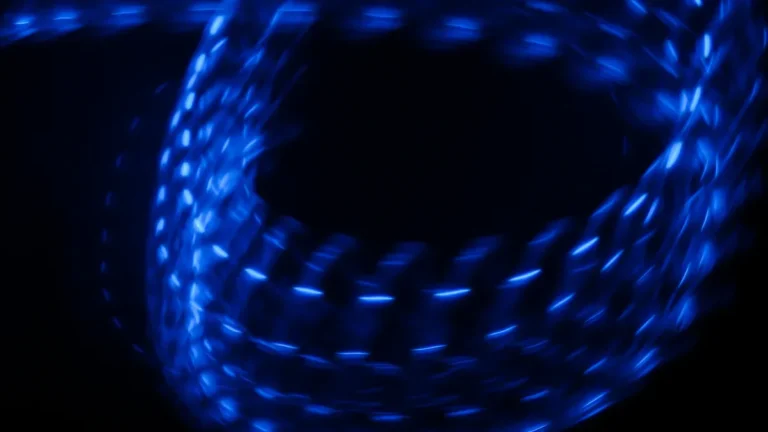
The Best LED Strip Lights You Can Buy Right Now
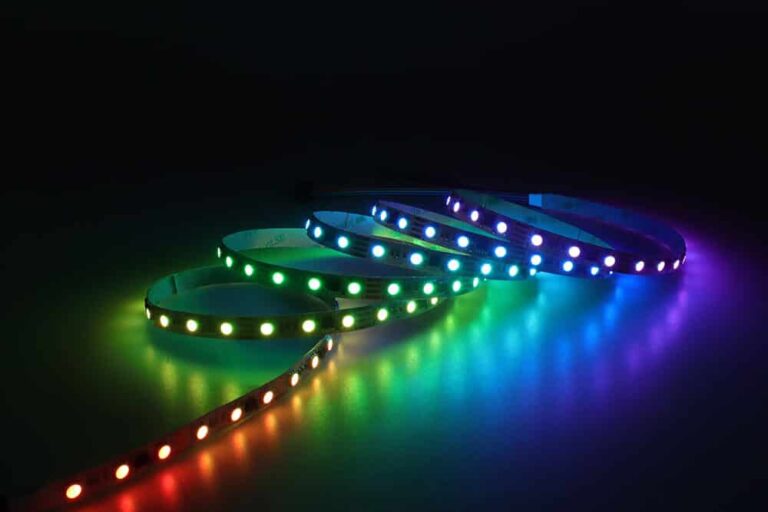
Comparing WS2811 Vs WS2812B: Key Differences


